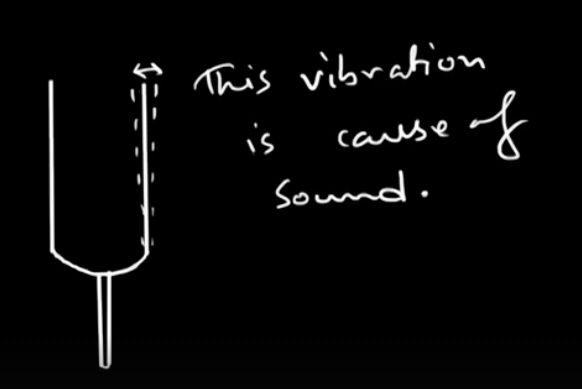Sound and vibration are intriguing phenomena that surround us every day. By understanding these concepts, we can gain a deeper appreciation for the way sound interacts with our environment. So, let's dive in!
Sound:
Sound is a manifestation of energy generated through the oscillation of objects. When an object vibrates, it creates sound waves that travel through a medium, such as air, water, or solids, and reach our ears. For example, when you pluck a guitar string, it vibrates, creating sound waves that eventually reach your ears, allowing you to hear the musical notes.
Vibration:
Vibration is the rapid back-and-forth motion of an object or a particle. It is this motion that generates sound. For instance, think of a drum being played. When the drumhead is struck, it vibrates rapidly, producing sound waves that create the rhythmic beats we hear.
Oscillation:
Oscillation refers to the repetitive, periodic motion of an object around a central equilibrium position. It can be seen in various examples around us. For instance, a swinging pendulum, a vibrating guitar string, or even the motion of a tuning fork.
Tuning Fork:

A tuning fork is a metal instrument with two prongs that produce a specific musical tone when struck against a surface. The prongs of the tuning fork oscillate back and forth rapidly, generating sound waves with a specific frequency. This tool is commonly used to tune musical instruments like guitars or pianos.
Sound Propagation and the Need for a Medium:
In order to travel between locations, sound waves necessitate the presence of a medium.. Unlike light, sound cannot propagate through a vacuum. It needs particles in a medium to transfer its energy. Sound travels through air by compressing and rarefying air molecules as the sound waves pass through. Similarly, sound can travel through liquids like water and solids like metal, as the particles in these mediums can transmit the vibrations.
Let's explore the example of removing air from a jar using a pump.

Imagine you have a sealed jar filled with air. The jar is equipped with a vacuum pump that can remove the air from inside. Initially, the jar is filled with air, which serves as the medium for sound propagation.
Now, let's say there is a small sound source, such as a tiny bell, placed inside the jar. When the bell is struck, it starts vibrating and producing sound waves. In the presence of air, these sound waves can travel through the medium, reaching our ears and allowing us to hear the sound.
Next, let's activate the vacuum pump and begin removing the air from the jar. As the air is pumped out, the jar gradually turns into a vacuum, meaning it no longer contains air molecules.
If we were to strike the bell again while the jar is in a vacuum, the situation changes. Since there are no air molecules in the jar to transmit the sound waves, the waves cannot propagate through the vacuum. As a result, you would not be able to hear the sound of the bell, even if it continues to vibrate.
This example highlights the essential requirement of a medium, such as air, for sound propagation. Without a medium to transmit the sound waves, like in the case of a vacuum, the sound cannot travel, and we cannot perceive it with our ears.
Hence, whether it's the removal of air from a jar or the absence of a medium in a vacuum, the example reinforces the principle that sound waves need a medium to propagate and be perceived.